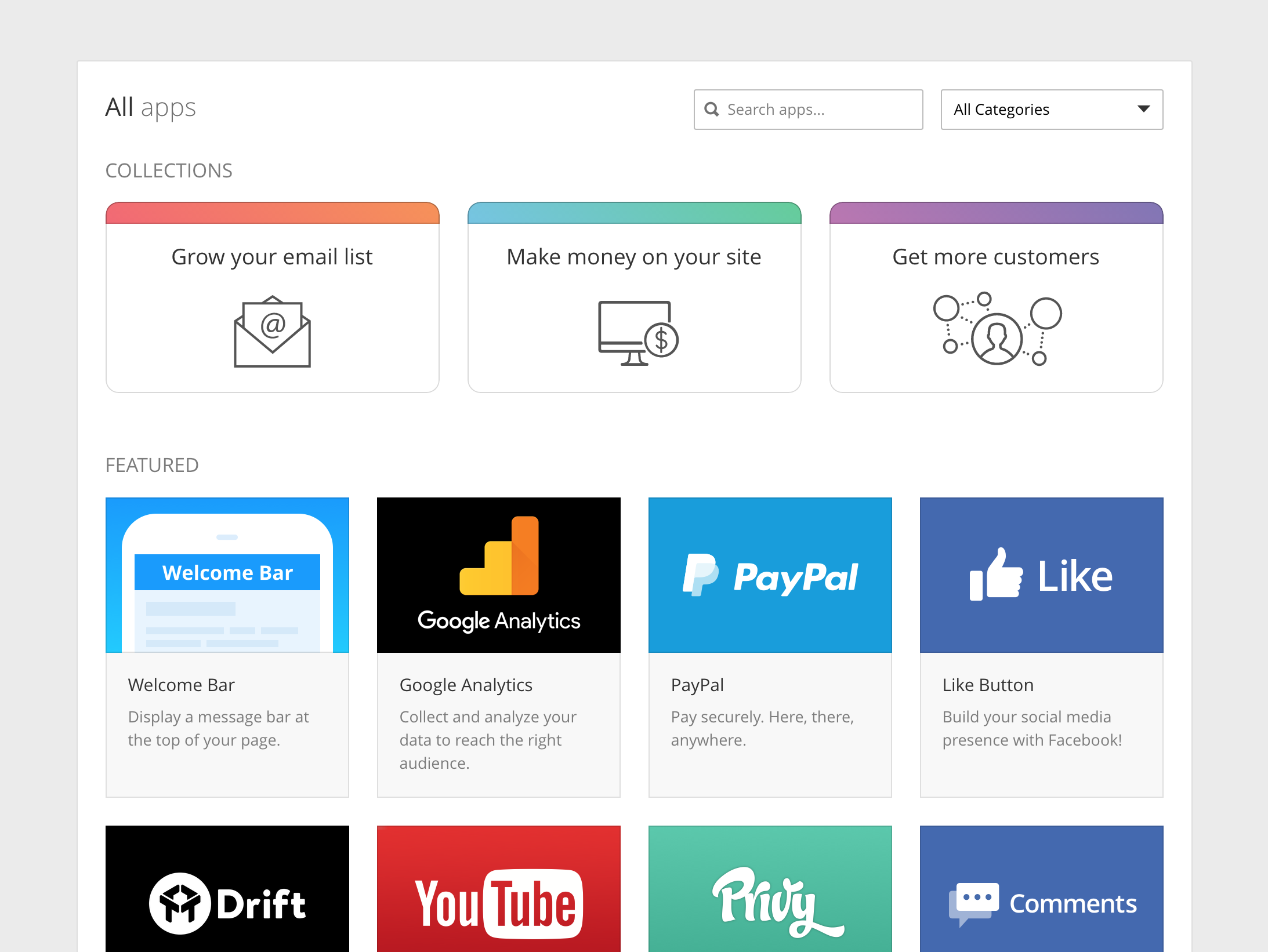Remember these brands: Pontiac, Oldsmobile, Mercury and Saturn.
These car companies no longer exist. The operations were shut down by GM and Ford only a few years ago when facing an economic meltdown. These obsolete car companies provide a great history lesson for SharePoint Administrators who are responsible for their organizations’ logical and physical infrastructure. The question to ask as a SharePoint Administrator is why and what does this have in common with SharePoint 2013?
Think Web Applications and Host-Named Site Collections (HNSCs). Customers are always asking about guidance in this area: How many Web applications? When do I create another? When should I create a site collection? How can I use vanity URLs? What are the best practices and how can I do what makes sense?
We can start by evaluating why Ford and GM removed these brands. Each brand was at one point popular in its own right. Car companies cater to different segments of the population through brands. For example, Pontiac was known for cars for the sports enthusiast. Who can forget a 1976 black Trans Am with the gold Firebird emblazoned on the hood? However, more brands meant more organizations and infrastructures. In 2009, as the companies evaluated their lineups they realized they had too much duplicate infrastructure and, worse, cars that were too similar across brands.
As a result, they evaluated, streamlined and reorganized their business. In the process, they became a leaner and more focused company. This seems like a no-brainer.
Apply this thinking to how you structure your Web Applications. A friend was telling me about one of his customers who has 25-plus Web Applications in their farm. The reason given for this configuration was because the client wanted a different URL per Web Application.
Your Web Applications are the brands. Every time you spin up a new Web Application, there is a certain amount of overhead being duplicated in the farm: Application Pools, authentication, quotas and resource throttling, to name but a few. This is being done on a hardware infrastructure that provides limits in terms or RAM, processor speed and space.
The way to address the hardware limitations is to consolidate Web Applications. SharePoint 2013 has the perfect mechanism mentioned earlier: Host-Named Site Collections. Web Applications individually can become single site collections and maintain their identity (their URLs). It would be the same as GM getting rid of Pontiac but letting the Trans Am become part of Chevrolet. This is what you can do with HNSCs.
HNSCs have existed in their current form since 2007. So what has been improved in SharePoint 2013?
• Multiple URLs in one zone
• Use any zone to define URLs
• All settings of a zone apply to a particular URL
• Multiple URLs on every HNSC
• Three new commands in PowerShell: Get-SPSiteUrl, Set-SPSiteUrl and Remove-SPSiteUrl
This sounds great, but what should you do right now if you are a SharePoint administrator? The answer is simple: Create a matrix of your Web Applications and the appropriate settings. Take a look at the overlap and redundancy. Look at how many site collections have been created and where. Determine what can be streamlined and what makes sense to be in a separate Web Application. Look at what and how many application pools are being utilized as well as their associated identity.
It is reasonable to have different policies per Web Application. There may be a difference in authentication method. There could be quota differences due to the nature of the Web Application’s purpose. Maybe the Web Applications run on different application pools due to isolation concerns.
When the matrix is filled out, strategize a plan to streamline the Web Applications via HNSCs.
The end result is that a streamlined infrastructure will yield the same benefits as cutting brands by car companies. A leaner, more organized infrastructure will produce returns on investment in regards to simplicity (a.k.a. maintenance), reduced hardware, and increased performance.
Peter Serzo is a published author of the “SharePoint 2010 Administration Cookbook,” a founder of the SouthEastern SharePoint group, a speaker, and SharePoint Architect for High Monkey Consulting. Peter has been in the IT industry for 20 years. He has extensive experience with SharePoint implementing business solutions for several enterprise organizations over the past seven years.





